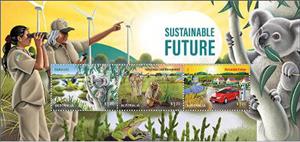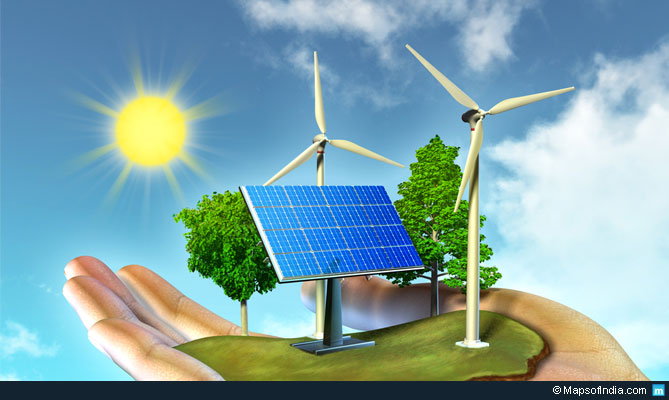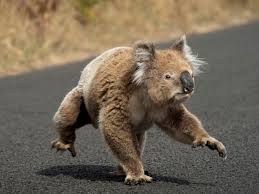Souvenir Sheet: Sustainable Future (Australia 2023)
Sustainable Future (Australia 2023)
26 June (Australia ) within release Sustainable Future (2023) goes into circulation Souvenir Sheet Sustainable Future face value 3*1.20 Australian dollar
| Souvenir Sheet Sustainable Future in catalogues | |
|---|---|
| Colnect codes: | Col: AU 2023.06.27-04 |
Souvenir Sheet is horizontal format.
Also in the issue Sustainable Future (2023):
- Stamp - Biodiversity face value 1.20;
- Stamp - Biodiversity face value 1.20;
- Booklet - Biodiversity face value 10*1.20;
- Stamp - Indigenous Land Management face value 1.20;
- Stamp - Indigenous Land Management face value 1.20;
- Booklet - Indigenous Land Management face value 10*1.20;
- Stamp - Renewable Energy face value 1.20;
- Stamp - Renewable Energy face value 1.20;
- Booklet - Renewable Energy face value 10*1.20;
- Souvenir Sheet - Sustainable Future face value 3*1.20;
Souvenir Sheet Sustainable Future it reflects the thematic directions:
A car is a wheeled, self-powered motor vehicle used for transportation and a product of the automotive industry. Most definitions of the term specify that cars are designed to run primarily on roads, to have seating for one to eight people, to typically have four wheels with tyres, and to be constructed principally for the transport of people rather than goods. The year 1886 is regarded as the birth year of the modern car. In that year, German inventor Karl Benz built the Benz Patent-Motorwagen. Cars did not become widely available until the early 20th century. One of the first cars that was accessible to the masses was the 1908 Model T, an American car manufactured by the Ford Motor Company. Cars were rapidly adopted in the United States of America, where they replaced animal-drawn carriages and carts, but took much longer to be accepted in Western Europe and other parts of the world.
Energy conservation is the effort to reduce wasteful energy consumption by using fewer energy services. This can be done by using energy more effectively (using less energy for continuous service) or changing one's behavior to use less service (for example, by driving less). Energy conservation can be achieved through efficient energy use, which has some advantages, including a reduction in greenhouse gas emissions and a smaller carbon footprint, as well as cost, water, and energy savings.
Environmental protection is the practice of protecting the natural environment by individuals, groups and governments.Its objectives are to conserve natural resources and the existing natural environment and, where it is possible, to repair damage and reverse trends.
The koala (Phascolarctos cinereus), sometimes called the koala bear, is an arboreal herbivorous marsupial native to Australia. It is the only extant representative of the family Phascolarctidae and its closest living relatives are the wombats. The koala is found in coastal areas of the mainland's eastern and southern regions, inhabiting Queensland, New South Wales, Victoria, and South Australia. It is easily recognisable by its stout, tailless body and large head with round, fluffy ears and large, dark nose. The koala has a body length of 60–85 cm (24–33 in) and weighs 4–15 kg (9–33 lb). Fur colour ranges from silver grey to chocolate brown. Koalas from the northern populations are typically smaller and lighter in colour than their counterparts further south. These populations possibly are separate subspecies, but this is disputed.




